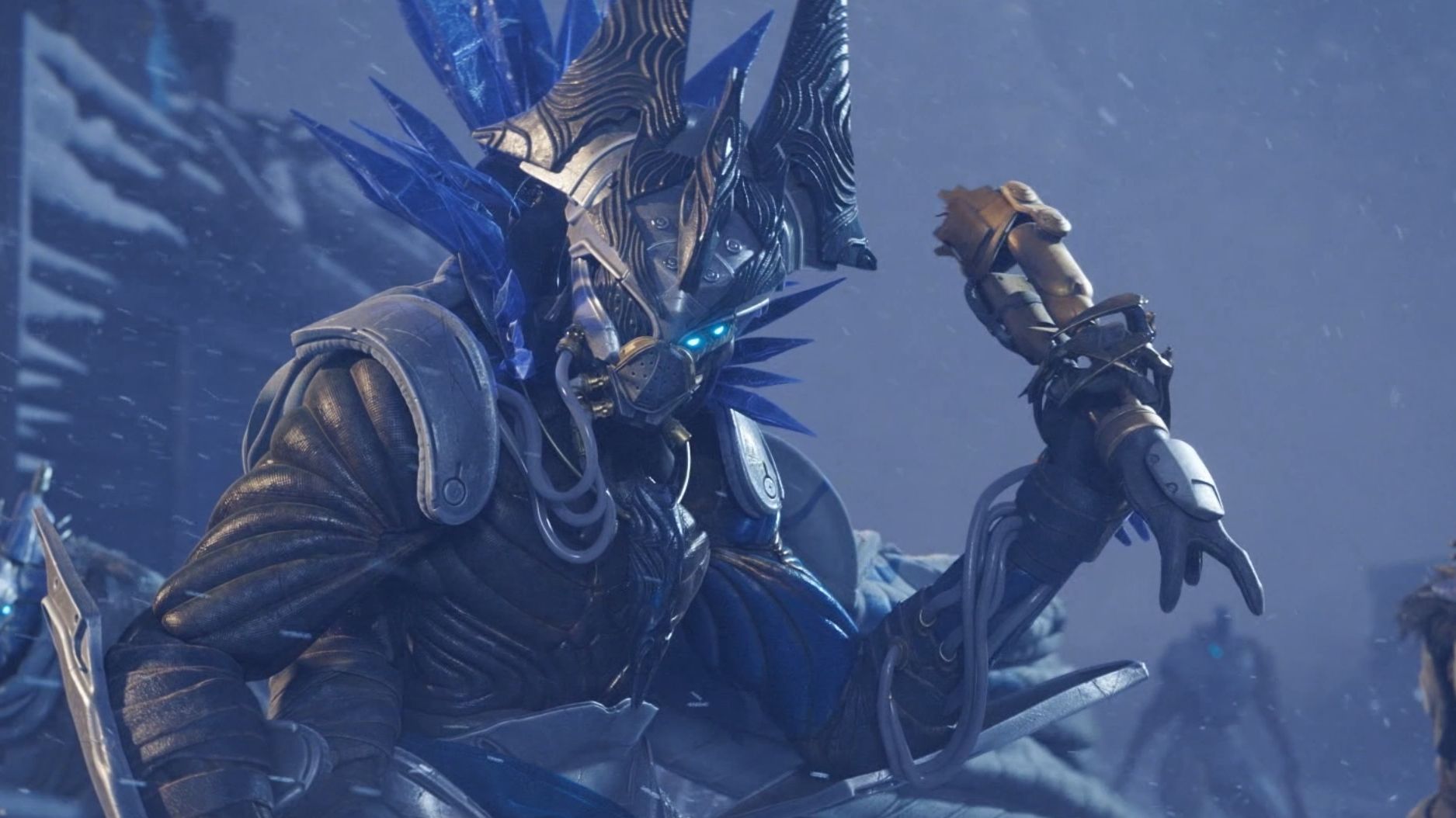Our Verdict
Beyond Light is a fun campaign on a beautiful and expansive new world, but Destiny 2 is still some way from being the best version of itself.
PC Gamer's got your back
What is it? The third expansion for Destiny 2 [insect-chattering noises].
Expect to pay $40/£35
Developer Bungie
Publisher Bungie
Reviewed on GeForce GTX 1070, 32GB RAM, Ryzen 7 3700X
Multiplayer? Entirely
Link Official site
In many ways, Beyond Light is a classic Destiny expansion. There's a new destination to explore, a new campaign to complete and a new raid to overcome. There's also a new elemental damage type, Stasis, which is a big deal, but not so much that it feels like you're playing a radically different game. The music when you launch the game has changed. Some of the menus look different. All in all, it's a bunch more Destiny 2.
But as traditional as Beyond Light itself may be, it arrives alongside a more dramatic shift in how Destiny 2 works. Two new schemes—gear sunsetting and the Destiny Content Vault—work to deprecate much of what came before. The former gives all legendary weapons a power cap, ensuring they can only be infused for a year after their release. The latter removes a number of older destinations, along with their associated activities, raids and quests, in an effort to reduce the game's size and make new content easier to test and implement.
This isn't the first time Destiny 2 has undergone a major overhaul, but where Forsaken's sandbox changes were a successful attempt to bring a maligned sequel closer to its more beloved predecessor, Beyond Light looks forward, towards a sustainable vision of what Destiny can be for the next three years. Given that so much has been removed, though, there's more pressure than ever for Beyond Light to perform—to satisfy the needs of a playerbase hungry for new, meaningful activities. Does it succeed? To an extent.

The Beyond Light campaign itself is something of a return to form after Shadowkeep's muddle of vague Hive rituals and tedious armour crafting. Europa is a joy to explore with its wide open surfaces, frequently obscured by heavy snowstorms. The campaign quickly settles into a nice rhythm of open world encounters, story beats and missions—where Guardians explore industrial mazes, Vex constructs and the eerily sterile laboratories of the Clovis Bray facility. While there are only a small number of proper, instanced quests, the campaign at least feels substantial. Some of that is due to the level gating, which usually means playing one of the core activities to gear up ahead of the next quest, but veteran players will nonetheless appreciate the chance to tackle some of the missions underleveled.
Thanks to a mixture of some new enemy types for the Fallen and Vex—the two main threats patrolling Europa—and the removal of race-specific damage resistance mods, there are moments in the campaign that feel like a real challenge. Vex Wyverns hit hard and divebomb players, knocking them back and into the hands of the Architects. And Fallen Brigs are like mini-versions of the Scourge of the Past raid boss, calling down airstrikes that punish predictable movement. As for the mission bosses, all have access to the new Stasis element type, meaning that if you're hit by one of their attacks you become frozen in place—forced to hit your ability button to break out lest you're shattered by follow-up attacks.
Fallen on hard times
Stasis's effect on players has become a bone of contention since Beyond Light's launch, and for somewhat understandable reasons. It rarely feels good to be hit by a freeze effect, let alone in a game that is all about how you move through its space. I'd argue it works well in PvE encounters, though, with clear telegraphing that makes being caught by the ice feel like an appropriate punishment for not reacting to its presence. In PvP, it's a little more complicated, but arguably proves effective and interesting counterplay against shotgunners. A recent hotfix also made Stasis less overbearing in Crucible, to what I'd argue are mixed results. As a Warlock main, feel free to dismiss my complaints as salt, but I feel the pendulum has swung a little too hard against Stasis as an interesting wrench in normal Crucible operations. Hopefully further tuning is planned.
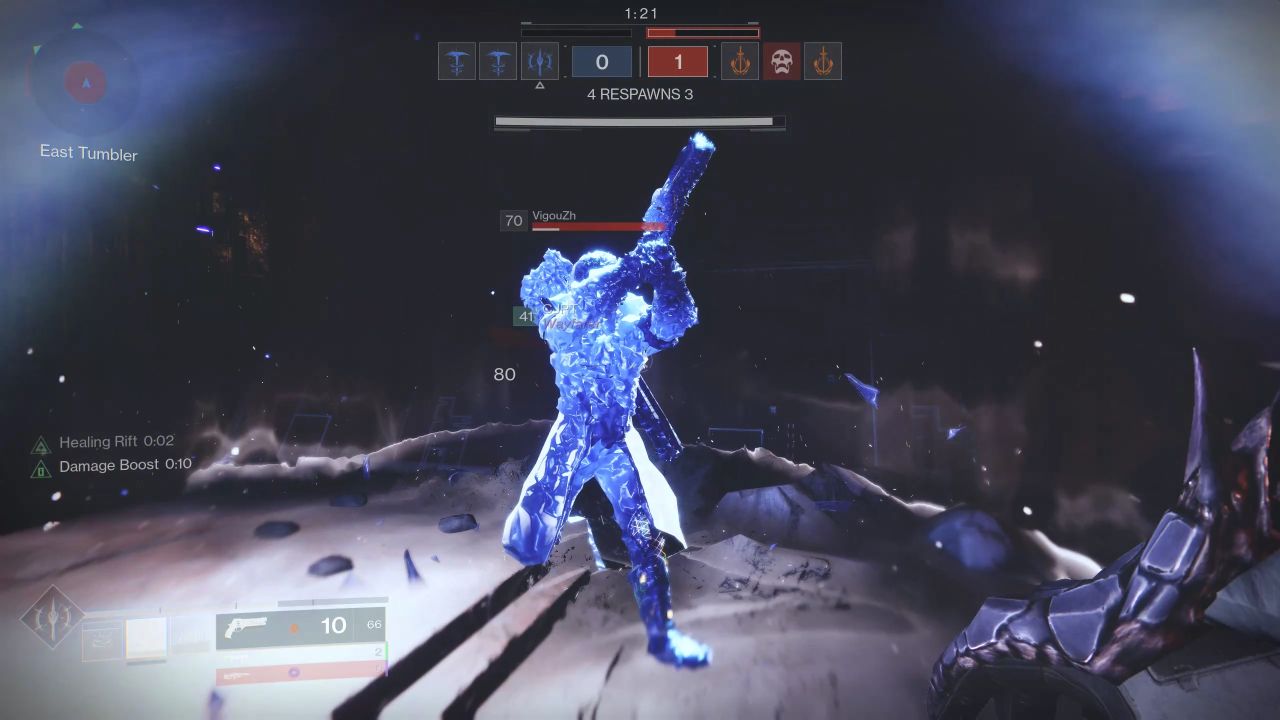
Beyond Light's antagonist, Eramis, proves a good early foil, because the Fallen feel relatable in a way Destiny aliens rarely do. The House of Salvation's motivations are obvious, because we've been killing Fallen leaders for six years now and the effect of that is plain to see. Really, though, Eramis is just the catalyst to kick things off—a threat that forces us to adapt, but is quickly dispatched. The real story happens after the campaign, and focuses on the reemergence of the Exo Stranger, our acquisition and use of the Darkness's powers, and the machinations of Clovis Bray. The post-campaign missions represent something of a watershed moment for Destiny's storytelling—actually answering questions that have been floating around since the series' launch. Destiny is usually very good at throwing plot beats into the air and letting them hang indefinitely, so the chance of even limited resolution feels—as someone who has collected all of Destiny 2's in-game lore books—exciting, and gives the plot a sense of momentum and purpose.
Your morally ambiguous pals show up, pull off some cool moves, and encourage you to start honking on their Darkness pipe.
The story doesn't always land, though. In particular, the way you first acquire your Darkness powers feels underwhelming given the wider context. Your morally ambiguous pals show up, pull off some cool moves, and encourage you to start honking on their Darkness pipe—which you proceed to do. Peer pressure is a powerful thing, I guess. And sure, the need to harness the Darkness has been teased throughout the last season, but also: it just deleted four major destinations. At one point—in a moment that borders on parody—Zavala turns up to vaguely shake his head, worry, but ultimately trust in your actions. That's pretty much where everyone lands: concerned but supportive. Ultimately I think it would be worse if players were being condemned for a choice that is out of their control, but it sure undercuts some of the drama.
In play, though, I am digging what the Darkness brings to the table. Stasis is an interesting ability within the sandbox. Where previous powers have predominantly focused on damage dealing, with a handful of subclass-specific options for support or crowd control, Stasis doesn't hit hard, but provides a powerful way to put your enemies at a disadvantage. The new Aspects and Fragments—extra unlockable passive bonuses that you can slot into Stasis—are a triumph, letting you capitalise on frozen enemies in myriad ways based on your preference. In all, it feels like a powerful new tool in an increasingly competent suite of theorycrafting options, and I'd love to see the previous subclasses re-tuned to take advantage of these new methods of customisation.
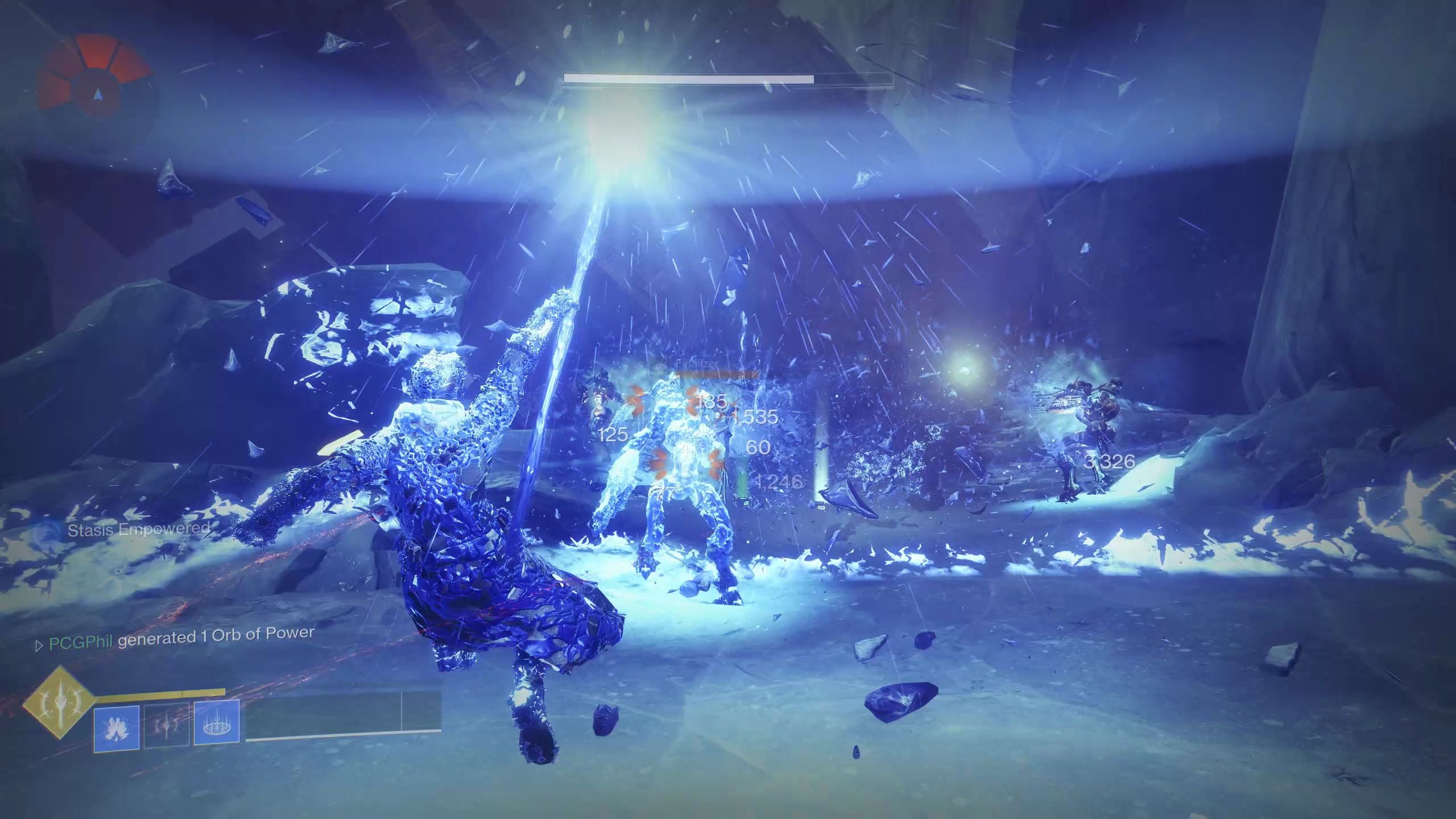
After the campaign, players are treated to the expected mix of quests, levelling and grind. While things felt a bit slim during launch week, the roster of possible activities and powerful and pinnacle rewards needed to hit max power level has since filled out—both from the completion of Sabotage missions found on Europa, and from the world's first completion of the Deep Stone Crypt raid. The way this expansion has rolled out in phases should perhaps not be a surprise given how Shadowkeep and its subsequent seasons were handled, but I do question the wisdom of the timegated approach—especially for a release with as much riding on it as Beyond Light. Like most live service games, Destiny 2 is forever grappling with the question of whether it does enough to keep players engaged, and releasing an expansion that feels more sparse than it actually is—that represents just another point on a content calendar, rather than a big moment in and of itself—does little to quell those fears.
Out of the shadows
That said, I've played over 60 hours across the last couple of weeks, all on one character, and between the post-campaign and launch of the new season, I've never felt at a loss for things to do. This is in part due to some restructuring of how loot is rewarded in the game. New Exotic armour pieces are earned through solo completions of Legendary and Master Lost Sectors, which is a satisfying way to tie meaningful rewards to challenging activities. And even Europa's new arsenal of weapons isn't handed out freely, with most tied to Empire Hunts—repeats of the campaign's main missions that reward another chance to get a perfect roll on a specific gun.
One of my main complaints about Shadowkeep was that I didn't care about its weapons. This was a growing problem in Destiny 2, where the best version of most archetypes was already available, meaning there was little need to chase new loot. For me, that's no longer the case. I am actively chasing better rolls of Hailing Confusion, Thermal Erosion and the new seasonal grenade launcher Deafening Whisper. This is in part due to some desirable new perks, like Surplus, which improves handling, stability and reload speed for each of your fully charged abilities, creating a fun interplay between gunplay and space magic. Mostly, though, it's because—controversial though it is—sunsetting works.

It's an obvious point, but yes: preventing older guns from entering the end game does make the new ones feel relevant. What's more surprising to me is that I mostly don't resent having my former arsenal stripped away. I'm excited to play with the new toys, and satisfied by the time I spent chasing great rolls of Falling Guillotine or Martyr's Retribution in previous seasons, knowing that they'll stay relevant for months to come. I haven't thought about The Recluse in weeks. It turns out that yes, I could quit any time.
Ultimately I think sunsetting is good for Destiny 2's future, but the current implementation lacks nuance.
That said, the system hits harder than it should have precisely because so much of Destiny 2-as-was is now gone. The Destiny Content Vault, we were told, would reduce the game's file size and speed up loading, which has happened, and reduce the number of bugs present at launch, which… well, not so much. But removing large chunks of old content means there's less opportunity to break out old favourites. At least Bungie is now planning to lower the power cap of the general Strike playlist, which means there will be a place to break out old favourites in PvE. Sunsetting also doesn't apply to general Crucible playlists, where level advantages are disabled. The upshot of this is that sunset guns like Mountaintop are still receiving specific, targeted nerfs, which does somewhat undermine the point of the whole scheme.
Ultimately I think sunsetting is good for Destiny 2's future, but the current implementation lacks nuance, currently to the detriment of the handful of older locations that did survive the Content Vault. The various destinations and activities of Forsaken and Shadowkeep are still present, but are rendered almost entirely pointless. Guns earned from Last Wish and Garden of Salvation raids have been updated to the current highest infusion cap, but other activities reward loot that's already been deprecated. That means there's nothing to be gained from dropping into the Altars of Sorrow public event, completing Nightmare Hunts, or venturing over to The Dreaming City's Blind Well.
Weapon of choice
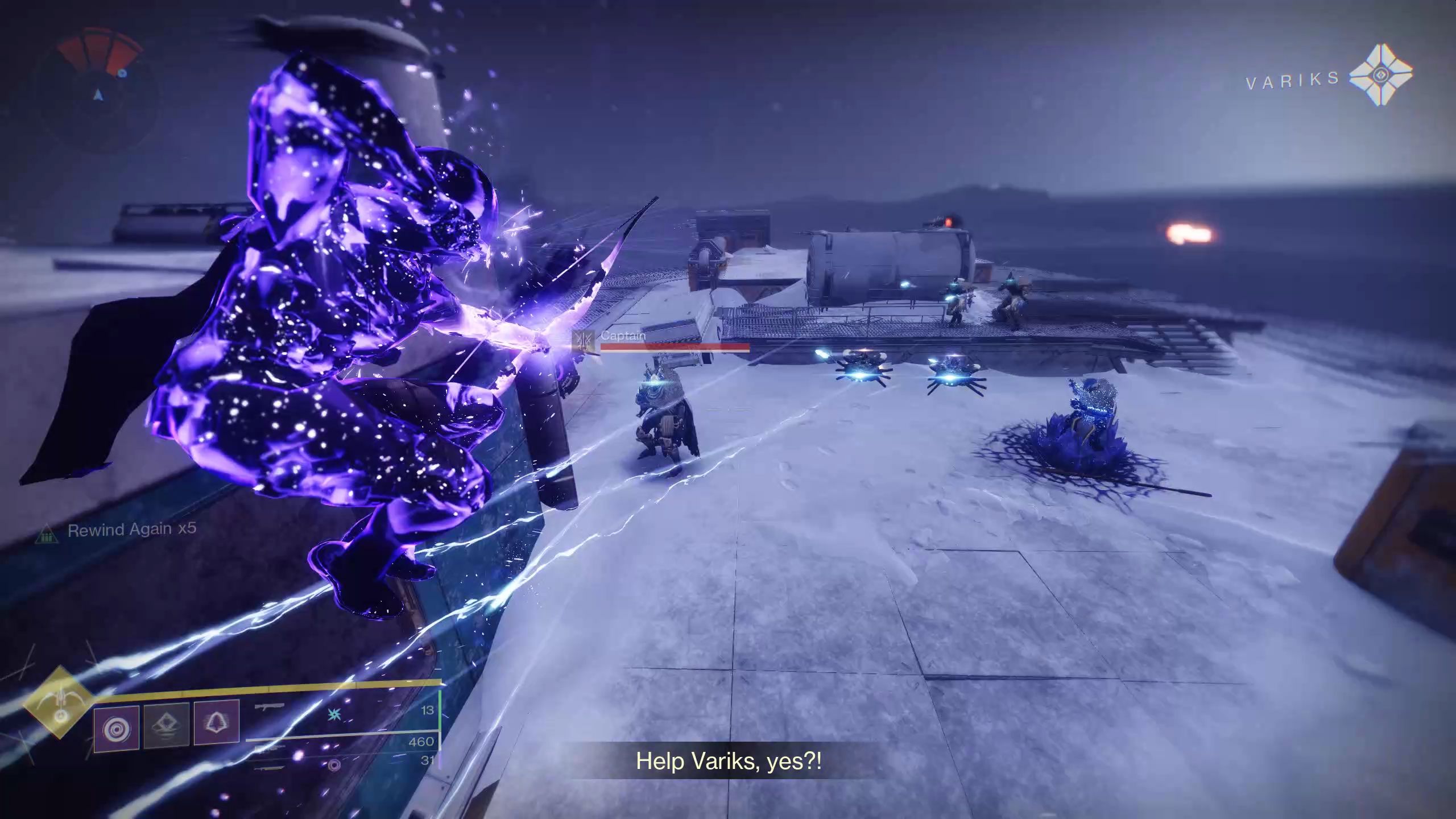
There are solutions that Bungie would do well to explore. At the most basic level, I think that guns tied to an expansion's activities should drop without a power cap—ensuring that each destination has a pool of weapons that will always be worth chasing. But I also think Bungie would do well to look at reasons to replay older content that goes beyond just guns. Pit of Heresy, for instance, remains worth running each week because it still drops a masterworked armour piece that can be dismantled for expensive materials. That means it's still relevant, and it would be great to see The Shattered Throne and—when it returns later this year—Prophecy receiving similar treatment.
Also, while it's still too early to say for sure, I strongly suspect that armour sunsetting is going to sting. Unlike weapons, masterworking armour requires a significant investment, and it doesn't feel good to spend hard earned Ascendant Shards knowing that the effort will eventually be nullified. It's a decision that makes little sense, too, because Bungie has already implemented the more interesting version of this system by tying certain mods to armour earned within a specific year. If the mods are good enough, I'm going to keep chasing new armour, regardless of whether my older sets are sunset or not.
The other effect of sunsetting is that it brings into sharp focus the number of new guns available between Beyond Light and Season of the Hunt. The amount of loot being added to the game will, I suspect, continue to be the subject of Reddit threads long into the next year—and in places it does feel restrictive, with plenty of areas where there is no longer an exact combination of gun type, element and frame to match what players once had.
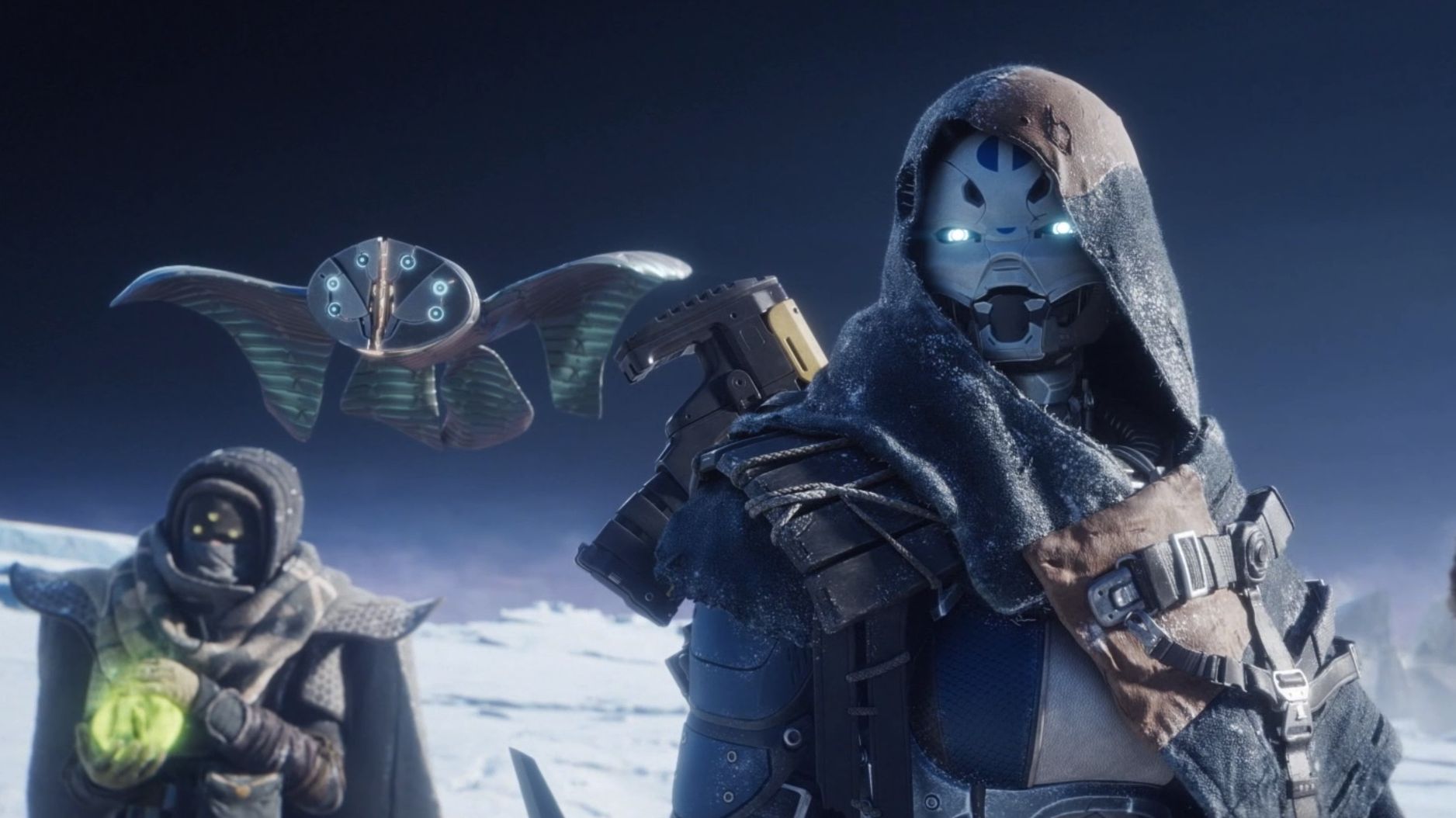
At the same time, I don't think a massive weapon pool is entirely necessary. Forsaken introduced a lot of guns, and I don't think I fired even half of them. In Beyond Light, I'm yet to feel like I'm lacking options when it comes to creating builds. In fact, thanks to the new element, the extensive and much welcomed tweaks to mods, and some fun Exotic options like the Warlock's Necrotic Grip that pairs beautifully with the Thorn hand cannon, it feels like there are the possibility space is much broader now—a welcome shift after a year of using nothing but Devour or Well of Radiance as a crutch.
Still, the current system does leave some noticeable gaps—not so much what weapons are available, but where you get them in the first place. Europa has a small collection, as does the new seasonal activity and the new raid. But the core activities are woefully underserved, with just one new gun apiece. And that's not the only way that classic Destiny 2 trifecta of Stikes, Gambit and Crucible are being underserved.
Hope for the future
The seasonal model has a lot to prove, especially after the mistakes of last year's FOMO-induced, bounty heavy grinds. Right now, Season of the Hunt is looking pretty light, although—as with Beyond Light itself—it's possible Bungie is holding stuff back for the coming weeks and months. This season puts a renewed focus on Destiny 2's core activities by making players complete Strikes, Crucible or Gambit matches to charge the lure used to embark on the titular hunts. It's disappointing, then, that, even beside the loot, there's so little in those playlists that's new. The expansion launched with two new Strikes—one on Europa, one a repurposed Destiny 1 Strike set on the returning Cosmodrome destination. For Crucible and Gambit, though, there are no new maps at all.

It means that, for the first season of a new expansion, I'm spending a lot of time retreading the same old ground I've been exploring for years. There's value in giving players a reason to keep engaged with these playlists, but that only works if effort has been put into keeping them feeling fresh. Exodus Crash with Stasis powers and a handful of new guns is still Exodus Crash.
At least Crucible is in a better place, with the recent weapon sandbox changes creating a more varied meta than we've seen in previous seasons. Hand cannons are back on the menu, but not to the exclusion of pulse rifles or auto rifles. The introduction of Stasis means PvP feels chaotic and messy, but in a good way that actually embraces the idea that Destiny 2 is more knockabout carnage then finely tuned competition. Gambit, too, has been re-tuned, although less successfully, with the boss phase now feeling too quick to facilitate the kind of comebacks that the longer, more involved Gambit Prime occasionally allowed for.
Destiny 2 always feels like it's just a few tweaks away from being truly brilliant.
Beyond Light feels like a strong launchpad for the next year of Destiny 2, but it's hard to predict the extent Bungie can capitalise on its momentum. It will continue to grow over the weeks and months, and into the next few seasons that will prove the true test of how this period of Destiny 2 will be perceived. There's definitely work to be done, both on the core playlists and the distribution of loot, but it's heartening to see that Bungie already feels more reactive than before. Already there's been a balance patch, and the announcement of an imminent change to the world loot pool—shifting it towards newer seasonal guns in what seems like an immediate and obvious improvement.
On the other hand, Destiny 2 always feels like it's just a few tweaks away from being truly brilliant, but rarely is able to quite get there. In that sense, too, Beyond Light is a classic Destiny expansion. I'm enjoying it a lot, and have already had many hours of fun exploring Europa with friends. But there's also plenty that I think needs improving. Yes, there's hope for the future, but sometimes Destiny relies a little too heavily on that motto.
Beyond Light is a fun campaign on a beautiful and expansive new world, but Destiny 2 is still some way from being the best version of itself.

Phil has been writing for PC Gamer for nearly a decade, starting out as a freelance writer covering everything from free games to MMOs. He eventually joined full-time as a news writer, before moving to the magazine to review immersive sims, RPGs and Hitman games. Now he leads PC Gamer's UK team, but still sometimes finds the time to write about his ongoing obsessions with Destiny 2, GTA Online and Apex Legends. When he's not levelling up battle passes, he's checking out the latest tactics game or dipping back into Guild Wars 2. He's largely responsible for the whole Tub Geralt thing, but still isn't sorry.
